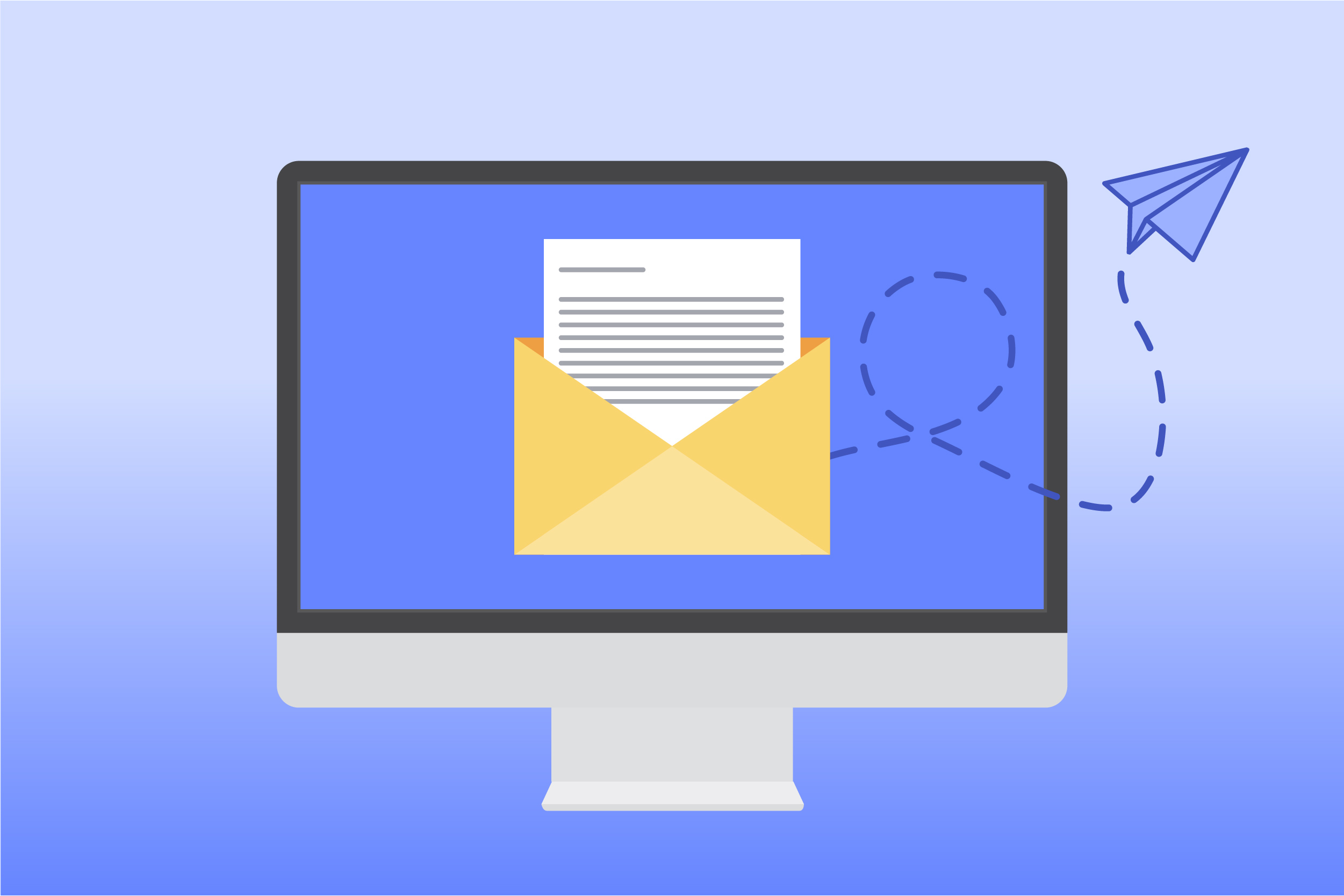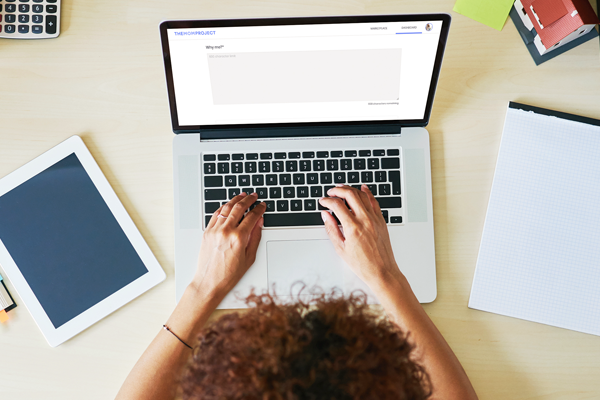We’ve all been in the position where we have to decide if, when and how to follow up with a recruiter or hiring manager about the status of a job. It can be surprisingly stressful to find the sweet-spot between persistent and bothersome when you’re excited about a job prospect, and the overwhelming curiosity that comes with the process makes it all the more difficult.
💡 When is the right time to follow up? How should you reach out and what should you say? The frustrating answer to all of these questions is: it depends.
Where you are in the application or interview process and who you’re following up with play important roles in determining the right time and way to follow up. For instance, it’s a recruiter’s job is to find and talk to job candidates, so a reasonable timeline for following up with them is entirely different from a hiring manager’s who has other priorities at work. Likewise, If you’ve just submitted your resume, managing your expectations looks much different than if you’ve made it through the final round of interviews.
 How Long Does It Take to Find a New Job?
How Long Does It Take to Find a New Job?
There are a lot of factors that impact how long it takes to find a new job. Here’s what you should expect in your job search and how to speed up your search. Read more.
Here are some tips to help you get it right based on your situation.
After submitting an application
You’ve submitted your application and resume for a job that you’re really optimistic about; now what? Once again, advice for this depends on your situation.
You applied through a general job board or company’s website
The most common application methods are through a job board, like LinkedIn, or a company’s direct application system. In these situations, you’re essentially adding your resume into a stack with all of the other candidates, and you’ll likely get an automated email confirming your submission. In this case, assuming you don’t have any connections to help get your resume to the top of the stack, there isn’t really anyone to follow up with, so you’ll have to just wait to find out if you were selected to move forward.
Someone you personally know referred you to a specific role
In this scenario, you’ll probably submit your resume through the company’s official page before sending a confirmation email to the person who referred you. At that point, it’s up to them to get your resume seen by the hiring manager or recruiter (assuming your application doesn’t stand out from the other applicants’ anyway).
👉 Why follow up: If you’re genuinely interested in the job and you haven’t heard any status updates
✉️ How to follow up: Since you have a personal connection, choose whatever method you think will most likely get a response
⏰ When to follow up: Two weeks
The recruiter or hiring manager is in your network
Whether it’s through a mutual contact or on social media, in this situation you would have a direct line to the hiring manager or recruiter for the role you’ve applied to. This is a huge advantage and will make following up easier.
👉 Why follow up: You’ll increase your chances of getting your resume seen and standing out from fellow candidates
✉️ How to follow up: Be brief and friendly. If you’re connected through a platform, send them a direct message through it; if you share a mutual contact opt for email if you’re able to get their contact information
⏰ When to follow up: Two weeks
If you’re connected through LinkedIn and they posted about the job opening, add a comment to the post after you’ve applied. This may get your resume seen sooner (eliminating the need for a follow up) or since they will be familiar with your name, increase your chances of a reply to a follow up message in two weeks.
After a phone interview
At this point, you’ve spent some time talking to the recruiter or hiring manager on the phone and you’re just as interested (if not more interested) in the position as you were when you applied. Here are some guidelines for following up.
You’re waiting to find out if you’ve made it to the next round of interviews
👉 Why follow up: To express your continued interest in the role and ask for updates
✉️ How to follow up: Opt for email if you have their address; keep your message short and to the point, don’t try to sell yourself again. If you need to call, choose a slower time of the day like early morning or late afternoon; try calling two or three times before leaving a voicemail.
⏰ When to follow up: Two weeks
The recruiter confirmed you made it to the next round, but hasn’t formally scheduled the interview
👉 Why follow up: As a gentle reminder to get the formal interview on the hiring manager’s calendar.
✉️ How to follow up: Email is best; if you don’t have their email address call them directly (see phone call tips above).
⏰ When to follow up: One to two weeks
After a face-to-face or final interview
By now, you’ve met the hiring manager (and possibly others) either in person or over a video call and you know this was the final round of interviews. Chances are high that you’re really anxious to find out if you got the job or not, but try to keep your cool. This stage can take a bit of time because they may be checking references and drafting a formal offer before getting in touch with you.
👉 Why follow up: To find out whether or not you’re still being considered for the job.
✉️ How to follow up: A brief email is the best option in this scenario.
⏰ When to follow up: 7-10 business days unless you were told otherwise
General do’s & don'ts
- Do send a thank you note immediately after an interview and remember to also say “thank you” when you’re following up
- Do keep emails and calls brief and to the point; the shorter the message the more likely it is to be read
- Don’t follow up more than twice, and wait two weeks after your first follow up to reach out for a second time
- Do ask about the timeline and next steps at the end of each interview; this will help you manage expectations and give you a better idea of when it is appropriate to follow up
- Don’t follow up through multiple channels; if you send an email don’t also send a message on LinkedIn
- Do follow any guidelines or instructions given to you at the time of application
- Do send an email to formally withdraw your application if you’re in the interview stages and the process is taking too long or something has changed on your end
Stay optimistic
Try not to stress yourself out over sending the perfect follow up message to a recruiter or hiring manager, and remain optimistic if they don’t respond right away. Keep in mind that organizations are always evolving, priorities oftentimes shift and people go on week-long vacations without sending status updates to job candidates, so a response could very likely still be on its way. No matter what, practice patience because even if this job doesn’t work out another one will.
The right job opportunity is out there
The Mom Project's Marketplace has companies that are known to be family friendly. And beyond the job board we have resources and a Community here to support you in your career search. 



